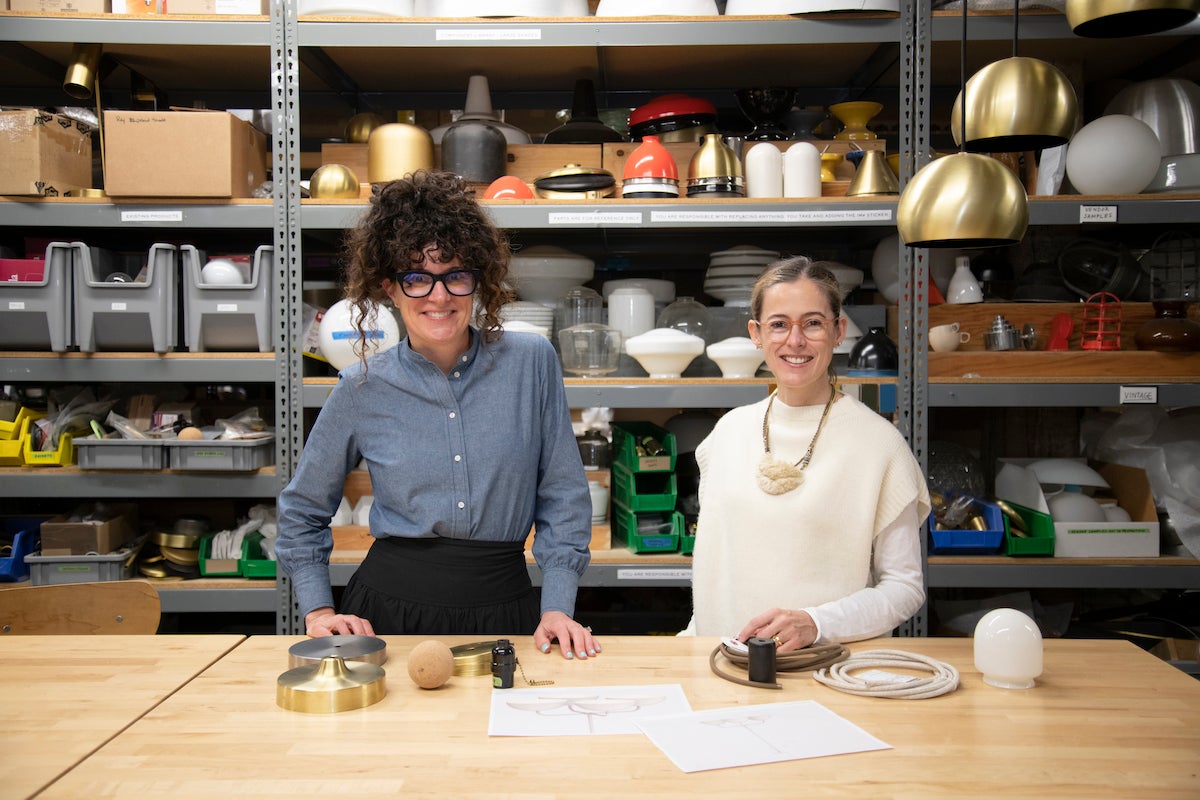Casual observers could be forgiven for being somewhat shocked by the news late last year that Food52 had acquired Schoolhouse. After all, it’s not every day that a brand that began as a cooking site snaps up a vertically integrated manufacturer in a deal valued at $48 million. But if you’ve been following the moves Food52 has made in recent years, it makes sense.
First, there was the 2018 launch of in-house brand Five Two, bringing the site’s “content meets commerce” approach to its logical extension. Then, there was the Chernin Group’s purchase of a majority stake in Food52 for $83 million, and its recent re-up for roughly $80 million. (In between those two milestones, the company acquired heritage tabletop brand Dansk). Finally, there’s the fact that home was already Food52’s fastest growing category, even before a global pandemic reoriented the world’s priorities around the domestic. Buying a manufacturer of home goods, from lighting to linens, is a way to quickly and aggressively grow in a direction that Food52 CEO Amanda Hesser believes will be fruitful for years to come.
“We saw that this shift culturally in people’s mindsets wasn’t going to go away … People have really changed the way they live. That’s unlikely to shift entirely back to the way it was before pre-pandemic,” she tells host Dennis Scully on the latest episode of The Business of Home Podcast. “There’s a lot of opportunity. And we feel like we’re well-positioned to be a company that can serve people in all aspects [of home]—we’re excited to be working with a company like Schoolhouse that’s been doing this really well for 18 years.”
The feeling is mutual. Schoolhouse president Sara Fritsch had long been tasked with packaging the company for sale, but it took years to get it into sellable condition, and for the right buyer to come along. “We’ve had a mix of opportunities along the way, [but] we had some confidence [that] when we found the one we would know it was the one,” she says. “We really got that feeling when we met Amanda and her team. Out of the gate, we felt this is different: She understands us.”
It’s early in the partnership, and both Hesser and Fritsch are working out the specifics around how both brands will work together. But the big picture opportunities for synergy are clear. Schoolhouse makes a lot of stuff; Food52 doesn’t (not yet, anyway). Likewise, Food52 has built a powerful engine for uniting storytelling with commerce that could be put to work for its new partners.
“Underneath the hood there is a lot for us to learn from each other,” says Hesser. “Schoolhouse has been designing its own products from day one. We have not … In the reverse, Schoolhouse has a lot of untapped storytelling. They have amazing content, but it’s not something they have the in-house team and machinery to produce more of.”
The resulting combination will be a unique company, distinct in a landscape mostly dominated by brands that are either fundamentally media companies that do a little commerce, or manufacturers and retailers that have a blog. “There’s not an example we can point to and say, let’s do it like they did it,” says Fritsch. “It’s more like: Hey, it’s on us to create our own future. And who doesn’t want to work in a place where that’s true?”
Listen to the show below. If you like what you hear, subscribe on Apple Podcasts or Spotify. This episode was sponsored by High Point Market and Modern Matter.
Homepage photo: Sara Fritsch (left) and Amanda Hesser (right) | Courtesy of Food52




























